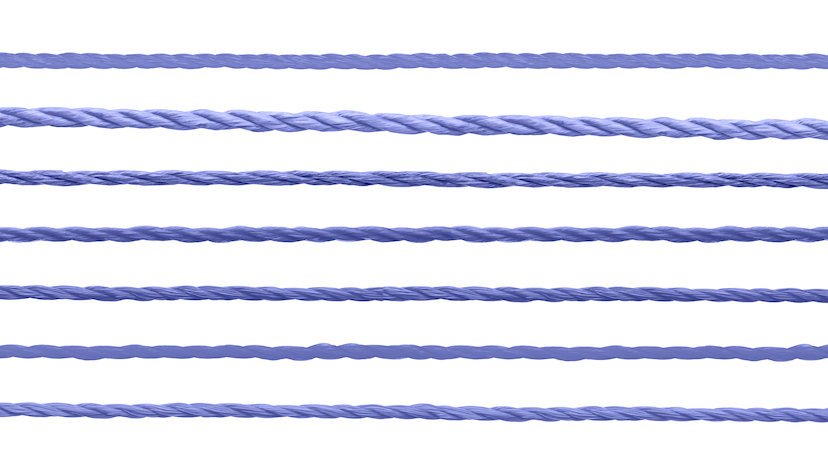Taking Time to Think as We Build
Prioritizing user needs and long-term impact over quick fixes

In the early days of one Tamman team member’s career, they inquired of a seasoned colleague, likely younger than their current age, about the conduct of business before the advent of email. The veteran thoughtfully responded, “We had time to think before we responded.” This wisdom, deeply appreciated at the time, has grown increasingly relevant as the demand for immediate responses intensifies. Rather than a nostalgic longing or condescending remark, it was a simple statement of fact. Regardless of technological advancements or circumstances, individuals retain the power to determine the pace of their work, prioritizing thoughtful consideration and deliberate action.
We are in control of how we choose to use the technology around us no matter how fast it throws information at us or no matter how seemingly streamlined we can work. Life in the 21st century can feel like information overload. From instant messaging to the word processing software, technology makes things faster and we want more; more information, more instant access, more ‘easy fixes.’ The very real dark side to all of this ‘now, now, now’, is that we feel like we’re not in control and we are unable to take the time to think and choose how we want to proceed. The truth is very much to the contrary, we are in complete control. It’s just that taking the time to build something right, is a lot tougher when we’re so used to shortcuts and half measures.
Recently, Tamman’s Senior Software Engineering Lead, Bill Danbury posted an NBC article about the growing frustration of disability advocates about the growing use of AccessiBe. If you’re not in the world of digital accessibility, you might not be familiar with AccessiBe or the many other tools like it that act as accessibility ‘overlays’. These overlays promise an easy fix with one line of code! All this stems from a fear of lawsuits, hoping to show that they really and truly tried to make their site meet ADA compliance standards. (Aside from the tools themselves, if legal compliance is the driving motivation behind making the web inclusive for all, this conversation needs to begin at a very different place. Call us at Tamman to have that conversation.)
Like the huckster who came to town peddling ‘cure alls’ and snake oil, exploiting the fears of the townsfolk, these tools are not creating an inclusive web. We’ve all heard the old adage, ‘if it sounds too good to be true, it probably is.’
Start a Project
Accessibility Solutions
Empowerment of others and working on the details matter to us. Let us help turn your great idea into something even greater. Take the next step and let’s chat!
Accessibility takes intention. It takes a lot of thinking through various and sometimes confusing or contradictory user scenarios. It takes empathy and judgement. This is achieved with time and thoughtful people behind it. Individual users have a myriad of potential use constraints when using the web. These use constraints can be situational, episodic, temporary or permanent conditions, but the reality is that making a website or app digitally accessible is beneficial to many and always useful to all.
Don Pinkney is a seasoned builder of both physical and digital spaces. He has founded non-profit organizations, churches,and businesses, while also mentoring countless young people, including Tamman team members. His philosophy on building anything is straightforward: you can only truly prioritize two of the following three: speed, quality, or cost. A staunch advocate for meticulous planning, Pinkney believed in crafting enduring structures. His deliberate approach,while contrasting with the often rapid pace of technology, underscores a fundamental truth: people inhabit and engage with the world, whether physical or virtual, in deeply personal ways. The schools, churches, and homes he constructed are living spaces, just as the digital realms we navigate today are places where people live, work, and play.
Just as it takes many craftspeople to build physical structures, there are many professionals involved in building accessible properties. Each stakeholder has priorities and ideas that are taken into account to make a website accessible and user friendly. Humans are involved in every facet and interpret the set of best practices known as the Web Content Accessibility Guidelines (WCAG). And that’s just what they are; guidelines. Throughout the whole process, thinking and judgment calls have to be made. By humans. It takes time to do it right. Not one line of code, but many. No easy fixes, rather thoughtful solutions. The end product will last and have an impact.
At Tamman, our team of designers, developers, QA, and technologists take the time to build it right. We are thoughtful people, carefully designing and developing web properties so that we all benefit from access to information. Our company thinks about all the requirements and ways in which users with use constraints will use a digital property. We take the time to listen to our client’s needs, we talk with users, and we always take the time to think. Time to think before we respond, think through scenarios, and think about how our work is building something that can last. We don’t use shortcuts and overlays. This is how we will build a more inclusive web for all.





